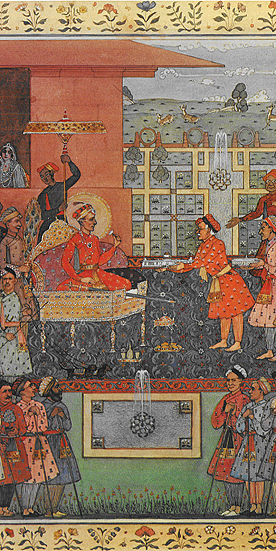The Making of ‘Lutyens’ Delhi’: A Post-Colonial Perspective Die Entstehung von 'Lutyens' Delhi': Eine postkoloniale Perspektive
Smriti Pant M.A.
Betreuung: Prof. em. Dr. Leo Schmidt

British Imperial Delhi, popularly also referred to as ‘Lutyens’ Delhi’, was born as a result of the decision in 1911 to shift the administrative and political capital of the British Empire in India from Calcutta to Delhi. The new capital, which was officially inaugurated almost twenty years later, is the sole example of an entire city conceived and built by the British in India, but served as the Empire’s centre of power only for sixteen years.
After India’s independence in 1947, the former imperial capital continued to be used as the democratically-elected federal government’s main administrative seat. However, over time, the original boundaries of ‘Lutyens’ Delhi’ blurred and today India’s capital – New Delhi – includes a much bigger area than that encompassed within the original boundaries of Imperial Delhi. In addition, the original historic fabric of ‘Lutyens’ Delhi’ itself has been altered with the passage of time.
Understanding the evolution of British Imperial Delhi’s urban landscape into a post-colonial historic urban landscape and the resulting impact on its local, national and international cultural significance is thus a fascinating and multi-faceted research theme which forms the focus of this doctoral study.
Through the identification of key components constituting the colonial urban landscape of ‘Lutyens’ Delhi’ – and the team responsible for creating them – as well as documentation of the changes made to the colonial city’s urban fabric since its official inauguration up to the present day, this study furthermore aims to form the foundation for developing context-specific and effective long-term strategies for sustainable management of this 20th-century historic urban landscape.
Diese Dissertation entsteht im Rahmen des DFG-Graduiertenkolleg 1913 "Kulturelle und technische Werte historischer Bauten".
